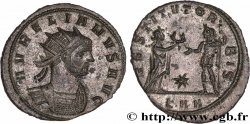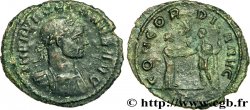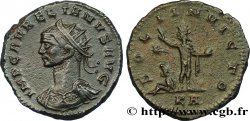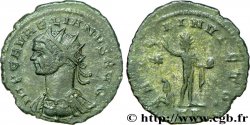brm_666178 - AURELIAN Aurelianus
Quantity
Add to your cart

Type : Aurelianus
Date: fin 274 - printemps 275
Date: 274-275
Mint name / Town : Siscia
Metal : billon
Millesimal fineness : 50 ‰
Diameter : 21 mm
Orientation dies : 12 h.
Weight : 3,72 g.
Officine: 3e
Coments on the condition:
Monnaie légèrement décentrée au revers, avec un joli buste de l’empereur au droit. Patine marron
Catalogue references :
Obverse
Obverse legend : IMP C AVRELIANVS AVG.
Obverse description : Buste radié et cuirassé d’Aurélien à droite drapé sur l’épaule, vu de trois quarts en avant (B01).
Obverse translation : “Imperator Cæsar Aurelianus Augustus”, (L’empereur césar Aurélien auguste).
Reverse
Reverse legend : CONCORDIA MILITVM/ -|-// XXIT.
Reverse description : Aurélien lauré, en toge, debout à droite donnant la main droite à Concordia (la Concorde), drapée, debout à gauche.
Reverse translation : “Concordia Militum”, (La Concorde des soldats).







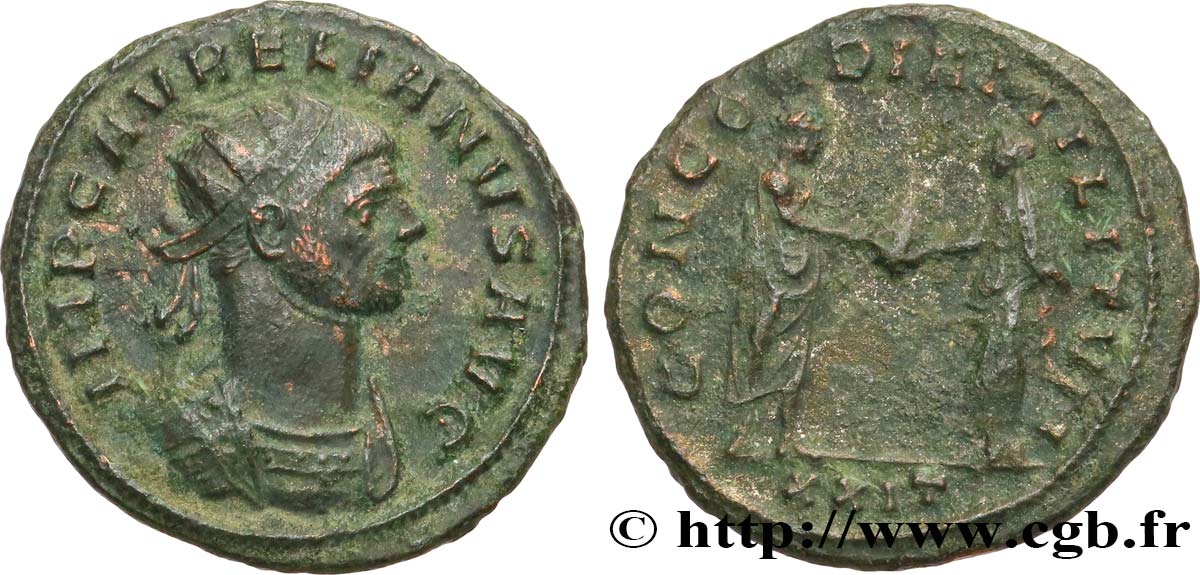
 Report a mistake
Report a mistake Print the page
Print the page Share my selection
Share my selection Ask a question
Ask a question Consign / sell
Consign / sell
 Full data
Full data